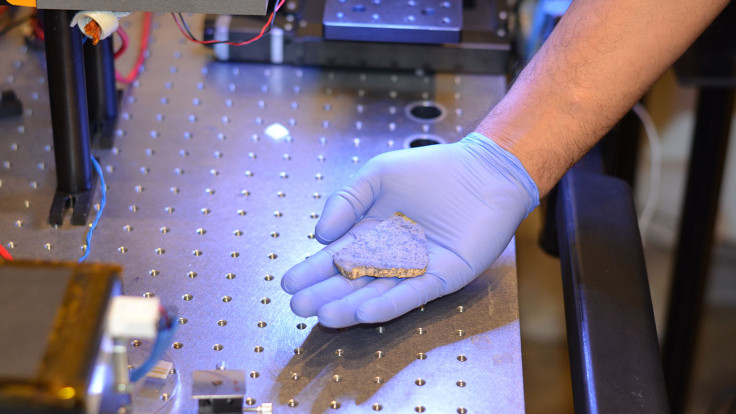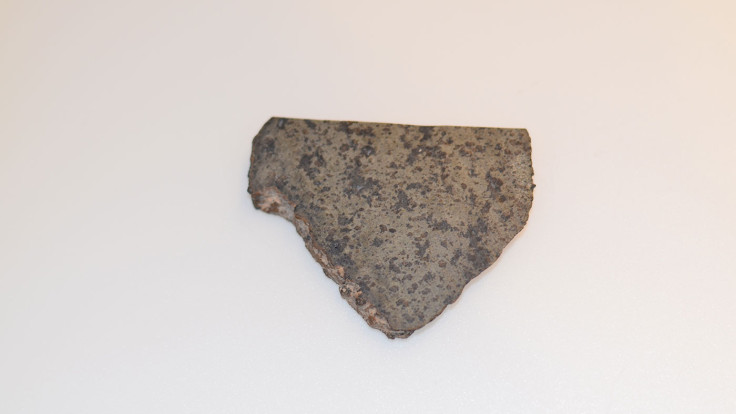Ancient Martian meteorite is going back home with Nasa's next Mars rover
Once it lands on Mars, the rock will be used as target practice for a high-precision laser on the rover's arm.

A massive chunk of Martian meteorite is going back to the Red Planet to help Nasa set up a hi-tech laser, an instrument the agency has equipped with its Mars 2020 rover.
The ancient piece of rock, dubbed 'Sayh al Uhaymir 008' or just 'SaU008', is one of the several meteorites that landed on Earth after blowing off from the Red Planet millions of years ago. About 200 rocks have been collected till date, but this one, discovered in 1999, is rugged enough to make it through the months-long journey with the rover, according to Nasa.
"Every year, we provide hundreds of meteorite specimens to scientists all over the world for study," said Caroline Smith, the principal curator of meteorites at London's Natural History Museum which provided the slab of rock.
"This is a first for us: sending one of our samples back home for the benefit of science."
Once it lands on the Red Planet, the rock will be used as target practice for a high-precision laser called 'SHERLOC' positioned on the rover's robotic arm
on the rover's arm.
The instrument is designed to assess chemical features as fine as a strand of human hair, but before any of that could happen, the whole thing needs to be calibrated.
For tasks like this, Nasa typically uses rocks, pieces of metals or glasses as big as a painter's palette but here the agency is going ahead with the rock of Martian origins, thanks to its rich texture and organic chemical composition which is perfect to test the sensitivity of the instrument.
"We're studying things on such a fine scale that slight misalignments, caused by changes in temperature or even the rover settling into sand, can require us to correct our aim," said Luther Beegle, the principal investigator for SHERLOC or Scanning Habitable Environments with Raman and Luminescence for Organics and Chemicals. "By studying how the instrument sees a fixed target, we can understand how it will see a piece of the Martian surface."

After being calibrated, the instrument will take pictures of Martian rocks and analyse those photographs under UV light to look for chemicals that form in the presence of life.
In all, two pieces of SaU008 will be there. One will stay on Earth while the other will make the trip to Mars, becoming the first ever Martian meteorite to return to the surface of its home planet. However, it won't be the first complete the journey to the Red Planet as another Martian meteorite dubbed Zagami made it through and is still floating around Mars.





















